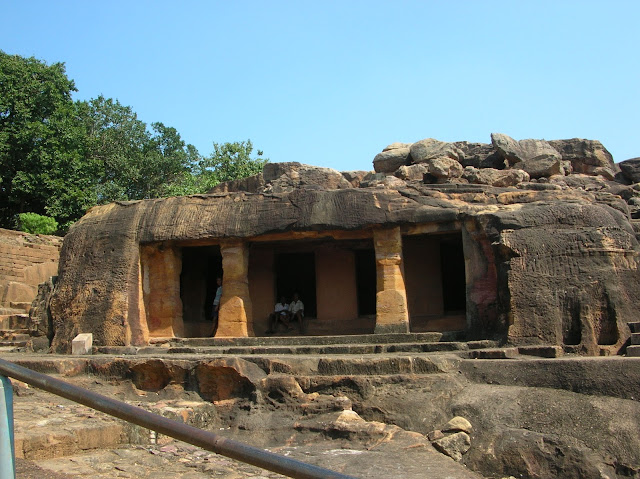Dungamal (Chhatragarh) (Oriya: ଡୁଂଗ ମାଳ) is a census town 7 km from Balugaon NAC (nearest railway station Chilka Rly. Station and which last village of Chilka Block towards south. also important for Basic Training Center of India Navy (INS CHILKA).
Presently new private medical opened (ABHA HOSPITAL) in Khordha district in the state of Orissa, India. In ancient time it was a fort of Khurdagarh under Banpur King BanaSur. To protect the kingdom, it was created a big canal linked to lake Chilka to Mountain Bhaleri. Now it is situated besides the village Dungamal(Chhatragarh)
Near to Ava Hospital There is a Big Jagannath Temple, Guru Dwara, Beside one Masjid & Church also newly constructed here. this is small area but all India people staying due to Defense establishment INS CHILKA (Basic Training Centre of Indian Navy.
This area is well connect to Bhubaneswar capital city (97 km) & Berhempur silk city to Orissa by road NH-5(Bus Stop Naval Chhaka & Rail way EcoR (Chilka station). now new Balugaon Bypass road NH-5 connected point here.
This village has U.G.M.E School( Chhatra U.G.M.E School, Std- 1 to 8th class) under chilka Block of Khurda. OTDC Pranthanibas is very good Hotel. Beside Pranthanibas many more Hotels are also available.
Tourist can have a nice time on boat on Chilika Lake and enjoy 3-4 days vacation.
Source : Wikipedia, the free encyclopedia



























































